The collaboration between Fengmi and Apotronics, two Chinese giant companies, will give us devices in the future that will make us rub our eyes, if we do not already do so.
The R1 Nano can easily be described as a sneak peek at this promising future, a foretaste I would say of what follows in the Laser TVs category.
How else can you describe a device that is the size of a tablet and that can give a decent image of 120 inches just a few centimeters from any surface we want to use as a “screen” and at the same time with excellent integrated sound?
The wonder of Laser technology is here and the R1 Nano is the way for us to be a witness.
Weighing just 1.5 kg and measuring 20x20x7cm, we are talking about a super portable projector that can be easily transported in any bag or squeezed wherever we want to project.
The build quality varies at very high levels with perfect fit of its plastic and fabric parts. Holding it in your hands, immediately realize that you are dealing with a compact, well-made device that inspires confidence in you.
The remote control that accompanies the R1 nano is the classic one we now find in every similar device in the Xiaomi-Fengmi ecosystem, bluetooth technology of course.
Let’s have a look at the technical features
Let’s focus on the throw ratio announced by the Chinese company.
0.23 Throw ratio means that if we do our calculations it gives an image of 2 meters wide from just 46 cm from the lens. If we consider that the lens is at the far end of the projector from the screen, and that R1 is 20 cm wide then we conclude that if we put the projector about 30 cm from the projection surface, it gives us an image about 2 meters wide.
In general, if we want to calculate the distance from which a projector can give us a specific image width based on the throw ratio of the lens announced by each company, we have only to multiply the width of the desired image by the announce throw ratio.
If we multiply the throw ratio of R1 by the width of a screen 3 meters for example, 3 X 0.23 = 0.69. So to have a three meter wide image we have to place the R1 at such a distance that its lens is 0,69m away from our screen.
I know … I solved a question you always had, what does the throw ratio announced by each manufacturer mean. You are welcome ..
But let’s go a little deeper technically
The little Fengmi uses on of the smallest Full HD DMD chips produced by Texas Instruments with a diagonal of just 0.23 inches, codenamed DLP230NP. Basically the chip itself does not have the native 1920 X 1080 resolution but only 960 X 540, witch means 4 times less pixel that the FHD. The quadrupling of the pixels is done with our well-known XPR mechanism. Μy dear Texas, i think you went too far with these lower resolution XPR chips, haven’t you?
The useful display area of this particular DMD chip is just 5.18mm X 3.35mm
Yes, the huge 120-inch image we enjoy with the R1 Nano comes from just a 5mm “panel” inside the projector, I know I know … unbelievable ..
Fengmi announces 1200 ANSI lumens brightness and contrast the standard 2,000: 1 limited by the DLP technology.
Concerning Inputs we meet the absolutely necessary at the R1.
Its HDMI input is 2.0 and can accept 4K HDR signal which R1 takes over and adapts to its Full HD panel. The USB type-C is there just for the R1 external power supply
For a light source in the case of the R1 Nano we find the well-known hybrid Laser-phosphor engine by Appotronics that take care for us to get rid of lamp changes since the 25,000 hours it gives as a minimum duration translated into 15-20 trouble-free and smooth use years.
Finally i have to mention that the small Fengmi equipped with a not so small (in performance) built-in audio system that consists of two speakers 5 watts each.
Little Fengmi is wearing fengOS , a special Android version that we find installed on all Fengmi models. Strange software with several omissions and minimal image sliders.
In the video you can get an idea of the not so friendly environment of FengOS
Many Chinese applications but if you “search” a bit on google you can find the way to download the android applications you want and take advantage of the powerful built-in processor and R1 internal memory.
Generally perhaps you will have a little difficulty in the beginning until you understand where everything is, but in the end you will be able to do what you want. Let’s not forget that this is a Chinese projector who does not care about how it will work outside of China and he thunders it from the first minute you face it.
However as much as difficult the little fengmi is with it menus, it is impossible to be mad with it. It is so user-friendly in everything else that you want to keep playing with it all the time. Small, light, silent, with immediate on/off, with every possible wireless connection (wifi, Bluetooth) and very easy installation.
You just place it close to the surface you want to project and that’s it! No offset, no lens shift, no weird zoom, nothing. Need a bigger picture? You just pull it a few inches back and done.
Auto focus and auto keystone correction take care the rest so you get a straightforward picture in a minute.
The only limitation where you will place the R1 Nano and what you will display is your imagination. It can well decorate your shelf and gives at your space a different look, when of course you do not watch your movies or do not use it for your presentations.
Its size is his ally. Here in relation with 2 classic UST models, the Fengmi cinema and the Xiaomi 4K.
Performance
In the brightness measurement R1 gave me about 850 lumens (1200 announced by fengmi). With these Ansi Lumen brightness the R1 can comfortably handle screens up to 100 inches. At 120, which is the limit, it will be difficult and the image you will get will not be so vivid and pleasant, without this meaning of course that you can not make projection at this size. You can, but with clear concessions on the picture quality.
In the on/off contrast measurement, the number I got does not impress either and is at the average of DLP technology.
The 1200: 1 is a number that is quite far from its big brothers that provide almost triple contrast and it proves that the Laser optical engine that uses is build with a completely different philosophy and has lower performance for sure.
In terms of performance, little Fengmi does not impress or disappoint. The enlarged color spectrum of its Laser optics is there and the color performance of the R1 is impressive, but its low contrast unfortunately does not help to complete the puzzle.
Of course this applies if we use the R1 Nano on a white surface, screen or wall.
If we have a special UST projection screen like Vividstorm for example, the image is transformed. The contrast is improved, the ansi contarst is launched and the image acquires this three-dimensional texture that it lacked despite the extra brightness drop due to the negative degree of reflection of these special UST ALR screens.
And here we come to the main disadvantage of the R1 which is nothing more than the low native resolution of his DMD chip. No matter how well the XPR module does its job of quadrupling the pixels, in no case can much a projector with native resolution speaking at performance. It is the same corresponding phenomenon that we are facing in DLP 4K projectors in relation to the native 4K JVC and SONY projectors. The performance of these DLP’s that use the XPR module generally reaches about 70-80% of the performance of a projector with a corresponding native resolution, that’s a fact.
And this may not be as visible in 4K DLP projectors as the resolution is very high, but it is certainly easily detectable in a lower resolution projector like the R1 Nano.
Do not be frightened, we are talking about differences that only an experienced eye can detect and in no case is there a noteworthy degradation of the image and its visible resolution.
But let’s move on to the positives of R1. HDMI 2.0 that receives 4K HDR signal is one of them. The downscaling of the R1 is impeccable and the image we will see definitely has high resolution elements and HDR dynamic range smell. The difference compared to the 1080p material that we usually feed a Full HD projector is visible in all the tests I did which means that the projector manages the UHD data very well.
Another positive is of course the built-in mini soundbar that the R1 has.
Is outperforming for sure by his bigger brothers but in any case the sound you will hear from R1 is decent and stands very well as the only sound source during viewing. Its volume power is also unimaginably high for so low watts and can loudly cover most rooms/spaces (a large classroom for example or a large living room).
You will get a better idea of its performance in the video below that I have prepared for you
Conclusion
The Ferngmi R1 Nano is a super gadget, a toy for older children. We are talking about an ultra portable UST Laser projector that you can set up in a bling of an eye and enjoy a decent big picture almost everywhere.
On vacation, on the balcony, on the shelf, on the wall, in the garden, in the classroom, in the office, to our client and of course to our personal home cinema.
R1 can be used EVERYWHERE for any reason in just a minute.
This small Laser projector is an incredible audio-visual multiplayer that can be applied everywhere in a minute and most important without much effort and time.
All this at a very fair price (about 800$) with a unique perhaps black spot the limited sale points. You can only buy it from the well-known Chinese stores and this makes you feel not so safe in terms of the after sales support .
Nikos Tsolas






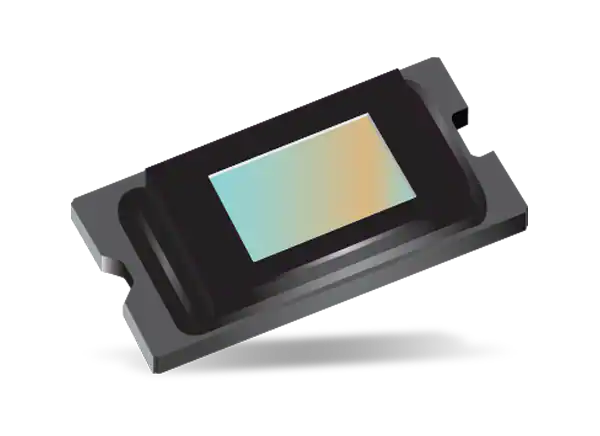
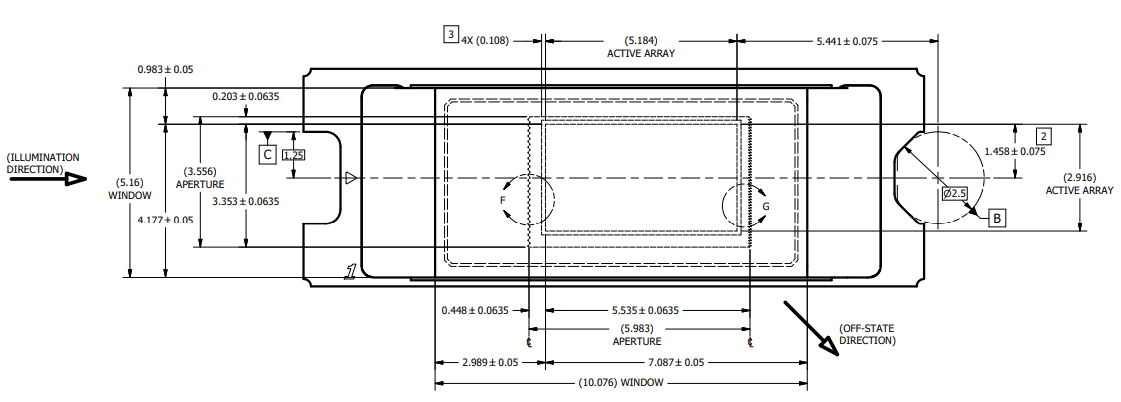
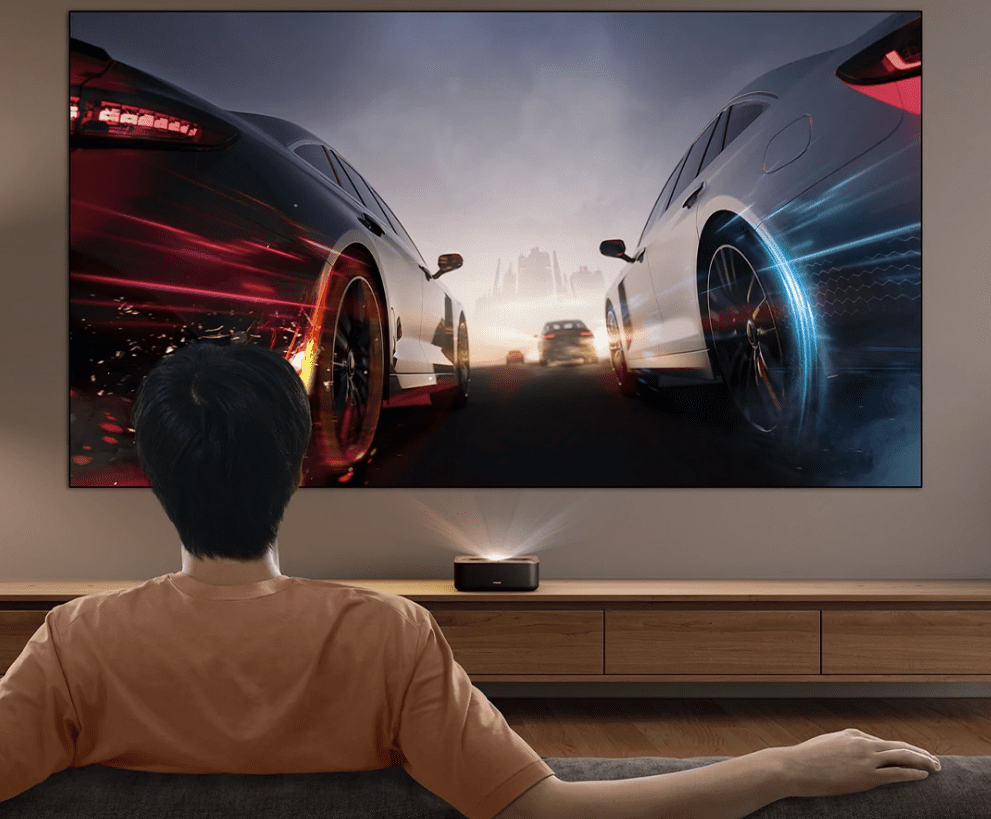



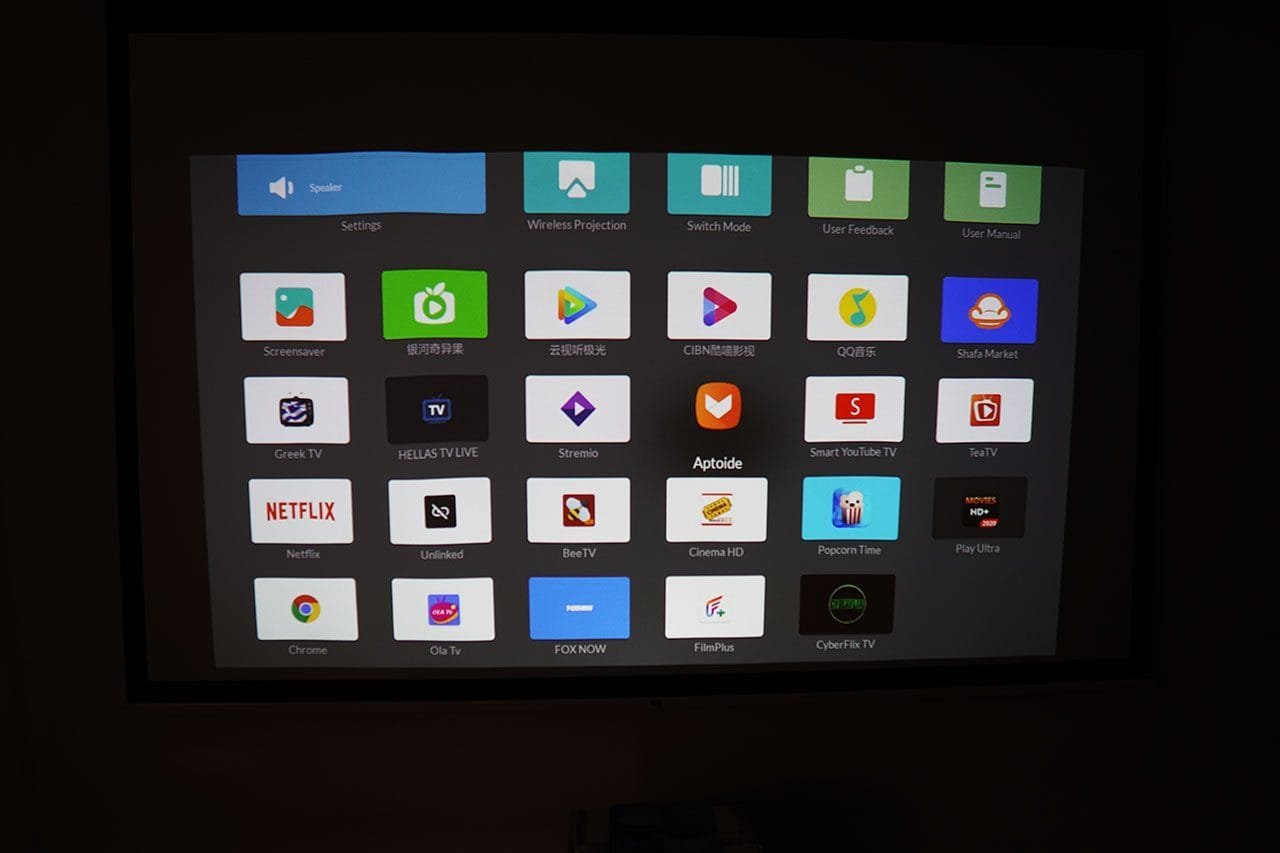
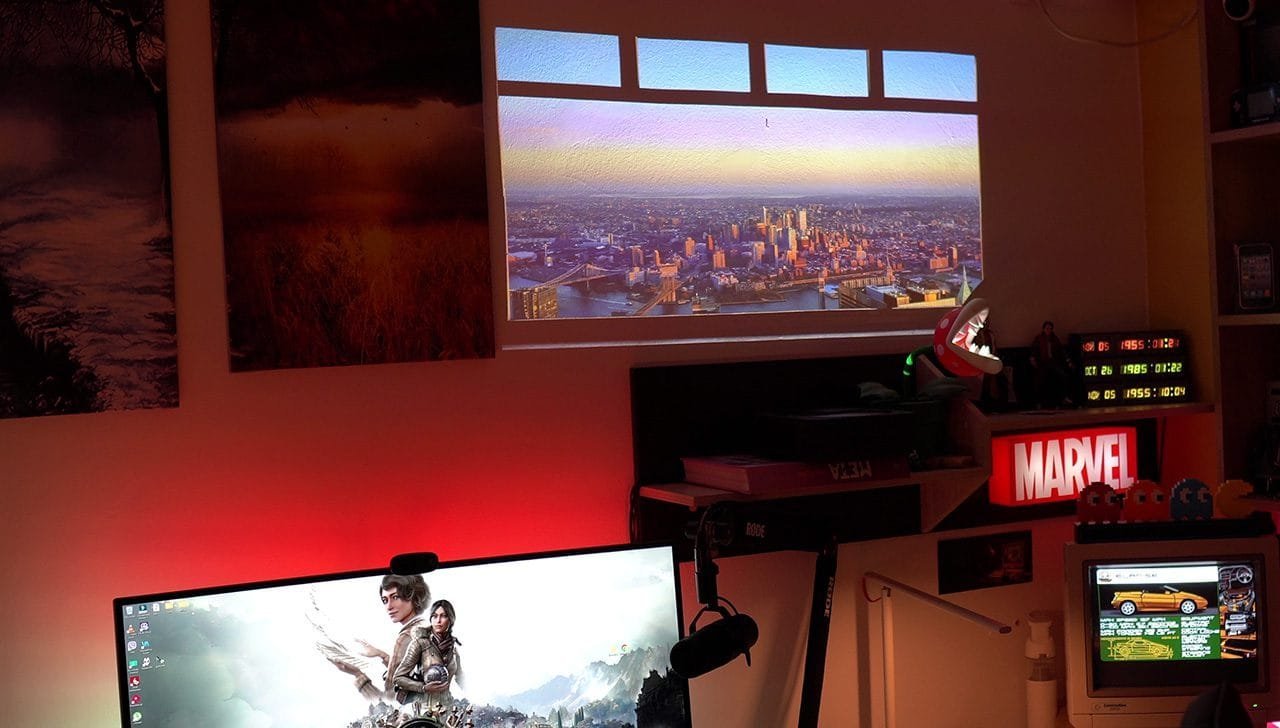
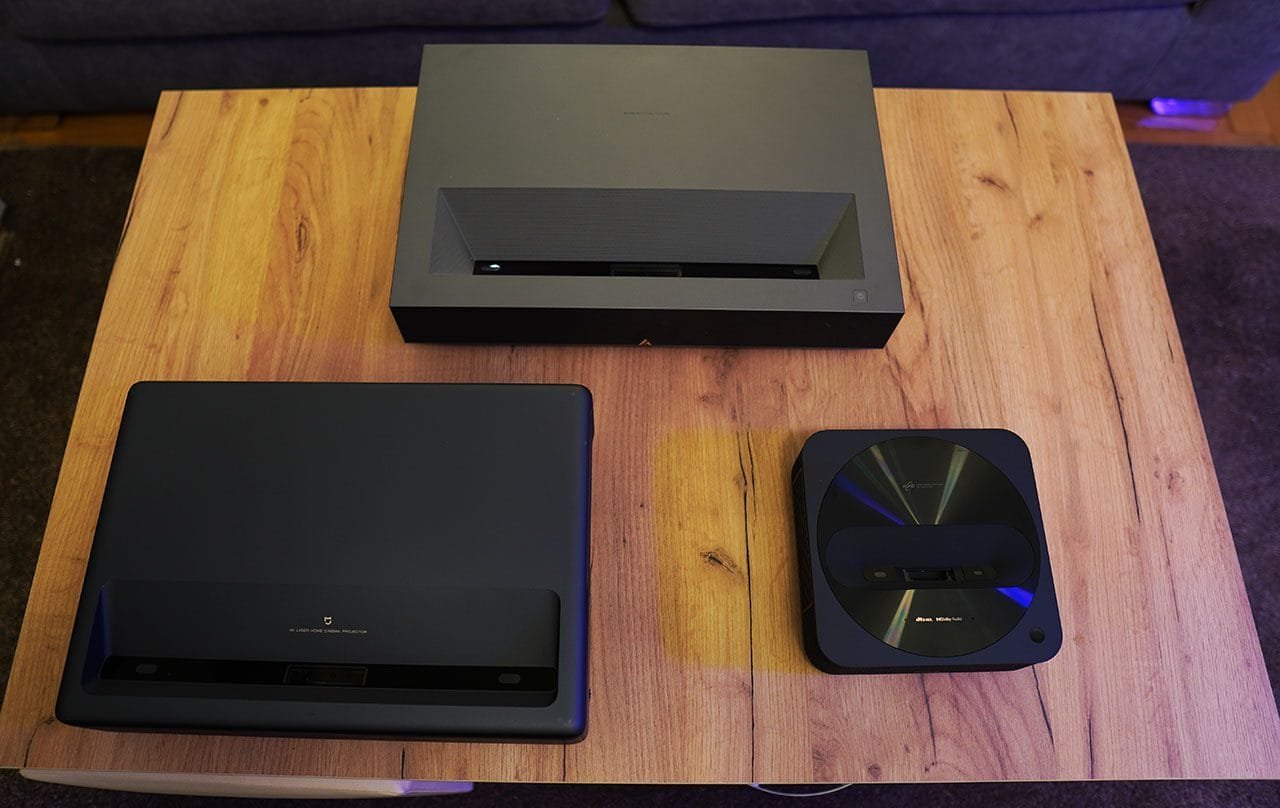



4 Comments
I have one, it died in 10 months. Very disappointed, I wasn’t even home for 4 months so dead after half a year. Purchased on AliExpress so no warranty. There are big lines horizontally in the screen and would like to flash it with the original firmware, not the update but nothing to be found online.
It’s rubbish!
It happened to me too!
Hi,
can you tell me the Offset???
Best Regards
Bonjour à tous , où puis je trouver la derniere version du firmware de mon Fengmi R1 en anglais? Sans passer par la update machine .
Cordialement